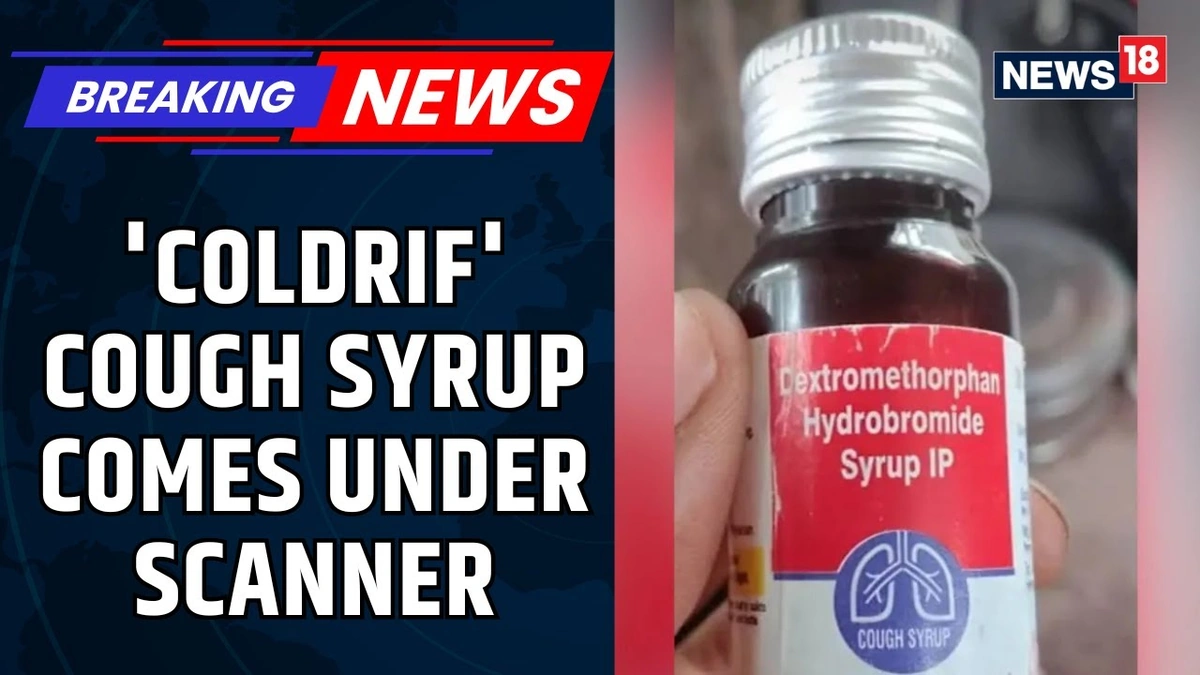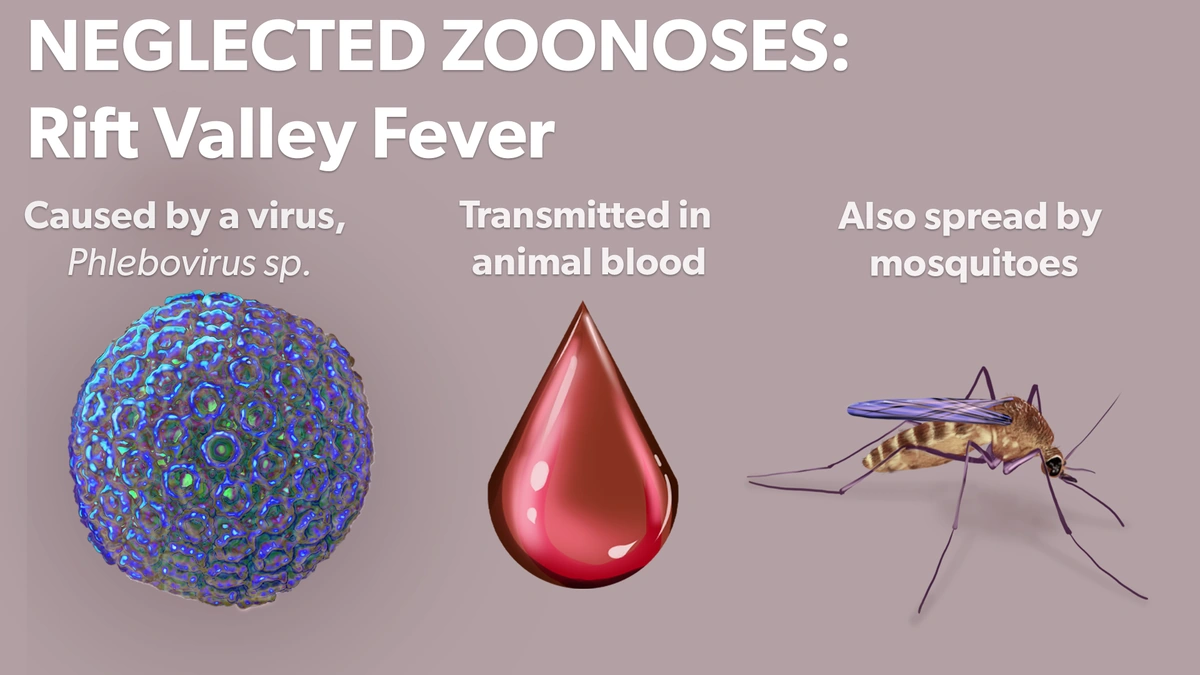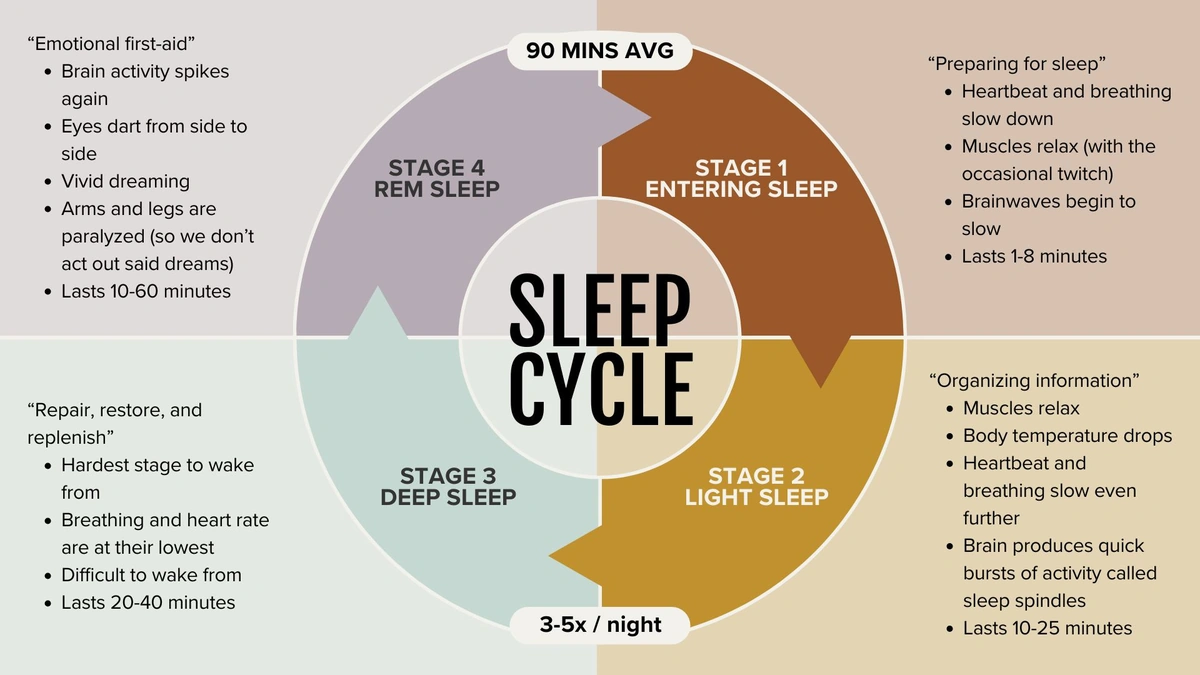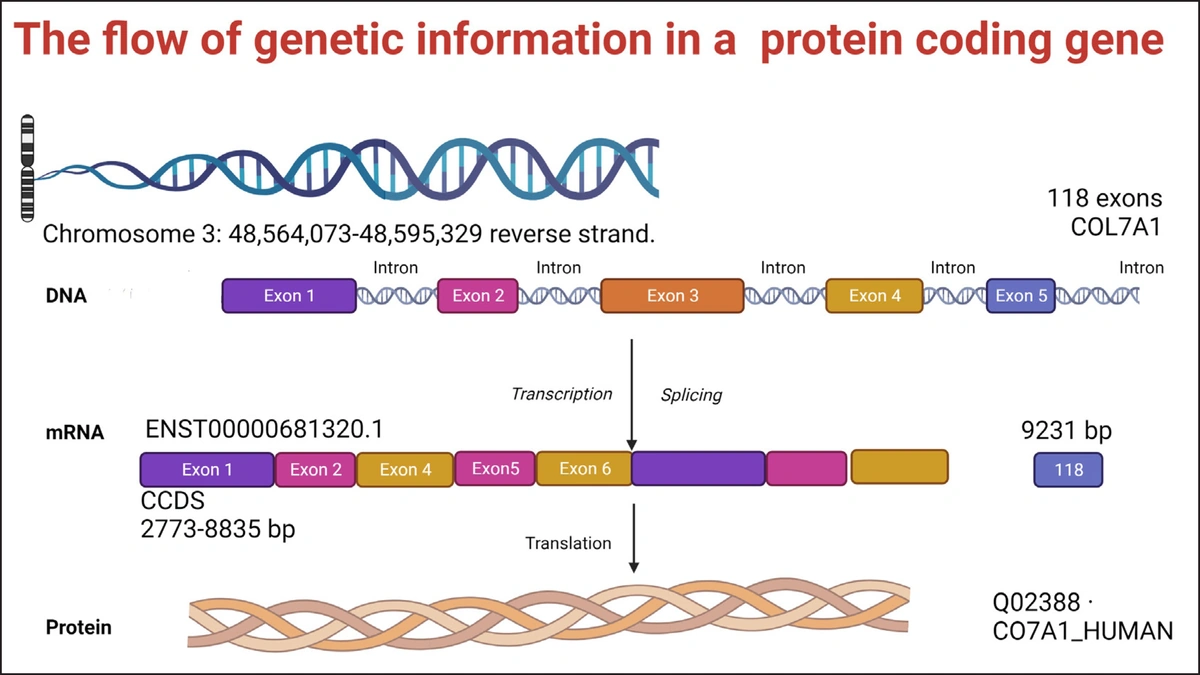Deadly Cough Syrups | A Dark and Tragic Trade
Cough syrups. We’ve all reached for that brightly colored bottle at some point, hoping for a bit of relief from a scratchy throat or a persistent cough. But what if that seemingly harmless remedy turned deadly? It sounds like something out of a thriller novel, but unfortunately, it’s a reality that has unfolded in several parts of the world, casting a long, dark shadow over the pharmaceutical industry and raising serious questions about quality control and regulation. Let’s be honest, the news can feel overwhelming, but understanding the ‘why’ behind these tragedies is crucial. That’s what we’re going to do here.
The Bitter Truth | What’s Really in These Syrups?

The core issue isn’t usually the active ingredients meant to suppress a cough. The danger lies in the presence of contaminants – specifically, diethylene glycol (DEG) and ethylene glycol (EG). These are industrial solvents, primarily used in antifreeze and other products. How do they end up in cough syrups? Well, that’s where things get murky – and terrifying. Typically, it is due to unscrupulous manufacturers substituting these cheaper, toxic chemicals for propylene glycol or glycerin, which are commonly used as solvents in liquid medications. As per the guidelines mentioned in the information bulletin , manufacturers have to ensure strict quality control.
The problem is that DEG and EG are highly toxic, even in small amounts. Ingestion can lead to acute kidney injury, neurological damage, and, tragically, death. And this isn’t just a hypothetical scenario; it’s happened, repeatedly. We’ve seen outbreaks linked to contaminated cough syrups in countries like Gambia, Indonesia, and Uzbekistan. The World Health Organization (WHO) has issued multiple alerts, urging vigilance and increased scrutiny of pharmaceutical supply chains. According to the latest circular on the official WHO website , these incidents are avoidable and stem from failures in quality control.
But, it goes beyond just the presence of these toxins. The real tragedy compounds when these substandard medicines are distributed to vulnerable populations, often children, who are far more susceptible to the deadly effects. It’s a perfect storm of negligence, greed, and regulatory failures.
Why Does This Keep Happening? The Broken Links in the Chain
Here’s the thing: these incidents aren’t isolated anomalies. They point to systemic problems within the global pharmaceutical supply chain. Several factors contribute to this ongoing crisis:
- Lack of Stringent Quality Control: In many regions, the oversight of pharmaceutical manufacturing is weak or non-existent. Testing for contaminants isn’t always mandatory, and even when it is, enforcement can be lax.
- Counterfeit Ingredients: The allure of quick profits drives some manufacturers to use cheaper, substandard ingredients, including toxic solvents. It’s essentially a race to the bottom, with deadly consequences.
- Complex Supply Chains: Pharmaceutical ingredients often travel through multiple countries before reaching the final manufacturer. This makes it difficult to trace the origin of contaminants and hold those responsible accountable.
- Lack of Transparency: Opaque supply chains and a reluctance to share information hinder efforts to identify and address the root causes of contamination.
So, what’s being done about it? Well, the WHO and other international organizations are working to strengthen regulatory frameworks and improve quality control standards. But progress is slow, and the challenges are immense.
The Human Cost | Stories Behind the Headlines
Numbers and statistics can be numbing. But behind each reported case of cough syrup poisoning lies a heartbreaking story. Imagine the parents who, with the best intentions, gave their child a medicine to ease their suffering, only to witness their condition worsen, ultimately leading to a tragic outcome. I initially thought this was straightforward, but then I realized the emotional impact is devastating and enduring. These are not just numbers; they are lives cut short, families shattered, and communities traumatized.
The impact extends beyond the immediate victims. These incidents erode trust in the healthcare system, making people hesitant to seek medical care or use essential medicines. This is particularly concerning in regions where access to healthcare is already limited.
What Can Be Done? A Call for Change
Let me rephrase that for clarity. What must be done? Preventing future tragedies requires a multi-pronged approach:
- Strengthening Regulatory Oversight: Governments must invest in robust regulatory agencies with the resources and authority to enforce quality control standards.
- Mandatory Testing: All pharmaceutical ingredients and finished products should undergo rigorous testing for contaminants.
- Transparency and Traceability: Establishing transparent supply chains and implementing track-and-trace systems can help identify and isolate contaminated products quickly.
- International Collaboration: Cooperation between countries is essential to share information, coordinate investigations, and harmonize regulatory standards.
- Public Awareness: Educating the public about the risks of substandard medicines and how to identify potentially counterfeit products is crucial. The one thing you absolutely must double-check is the manufacturing details on the package.
Also, consumers need to be empowered to make informed choices. Always purchase medicines from reputable pharmacies and be wary of suspiciously cheap products or unfamiliar brands. Consult with a healthcare professional before using any medication, especially for children.
Navigating the Complexities of Pharmaceutical Safety
This issue extends beyond diethylene glycol toxicity ; it brings to light the broader challenges within the pharmaceutical industry. How do we ensure that medicines, meant to heal, don’t become agents of harm? It requires constant vigilance and a commitment to ethical practices at every stage – from manufacturing to distribution.
A common mistake I see people make is assuming that if a medicine is available, it’s automatically safe. But the truth is, regulatory systems vary widely across the globe, and some countries have weaker oversight than others. That’s why it’s crucial to be an informed consumer and to advocate for stricter regulations and greater transparency in the pharmaceutical industry. You can read more about healthcare policies at NMC Rules Explained .
The recent concerns about HN Influenza and similar outbreaks highlight the importance of accessible and reliable healthcare information. As the world becomes more interconnected, the need for global cooperation in addressing pharmaceutical safety becomes ever more critical.
FAQ About Cough Syrup Safety
Frequently Asked Questions (FAQ)
What are the signs of cough syrup poisoning?
Symptoms can include nausea, vomiting, abdominal pain, kidney problems (decreased urination), neurological issues (altered mental status, seizures), and even death. Seek immediate medical attention if you suspect poisoning. It’s best to keep checking the official portal of your local health authority.
How can I be sure the cough syrup I’m buying is safe?
Purchase from reputable pharmacies, check for proper labeling and seals, and be wary of unusually low prices. Consult with a doctor or pharmacist if you have any concerns.
Are all cough syrups dangerous?
No, the vast majority of cough syrups are safe when manufactured and regulated properly. The issue is with substandard or counterfeit products containing toxic contaminants.
What is being done to prevent future incidents?
International organizations and governments are working to strengthen regulations, improve quality control, and enhance transparency in the pharmaceutical supply chain.
This isn’t just about pharmaceutical regulations or global health security ; it’s about our collective responsibility to protect the most vulnerable among us. Only through sustained vigilance and a commitment to ethical practices can we prevent future tragedies and ensure that medicines truly heal, not harm.













